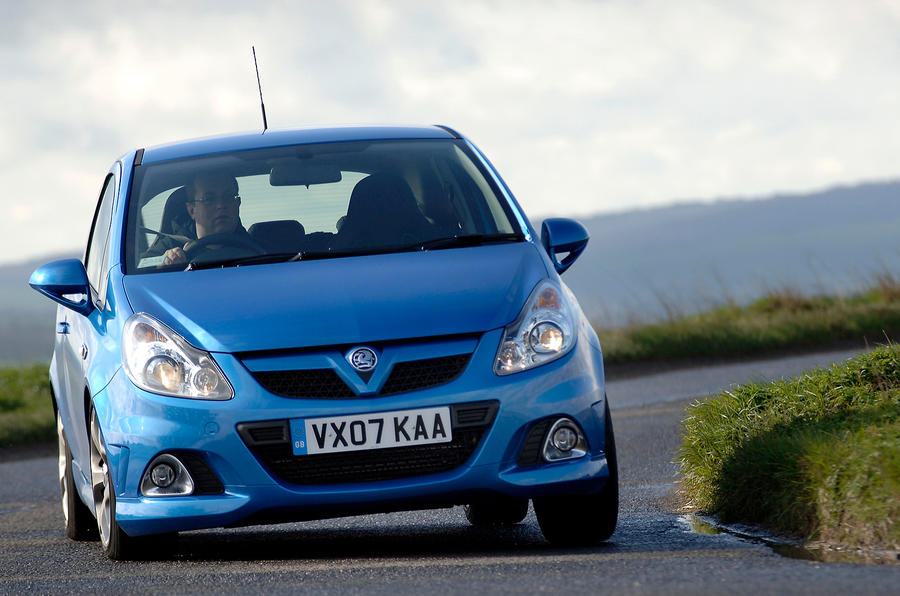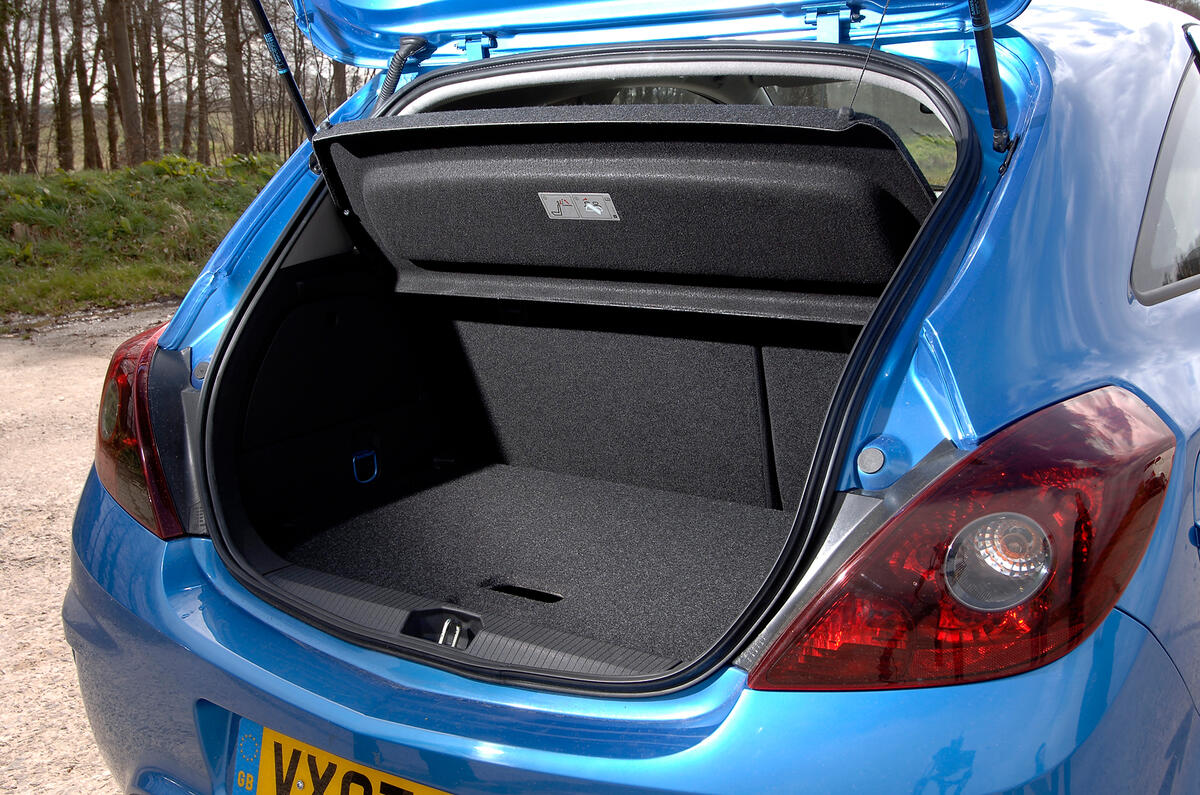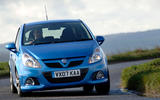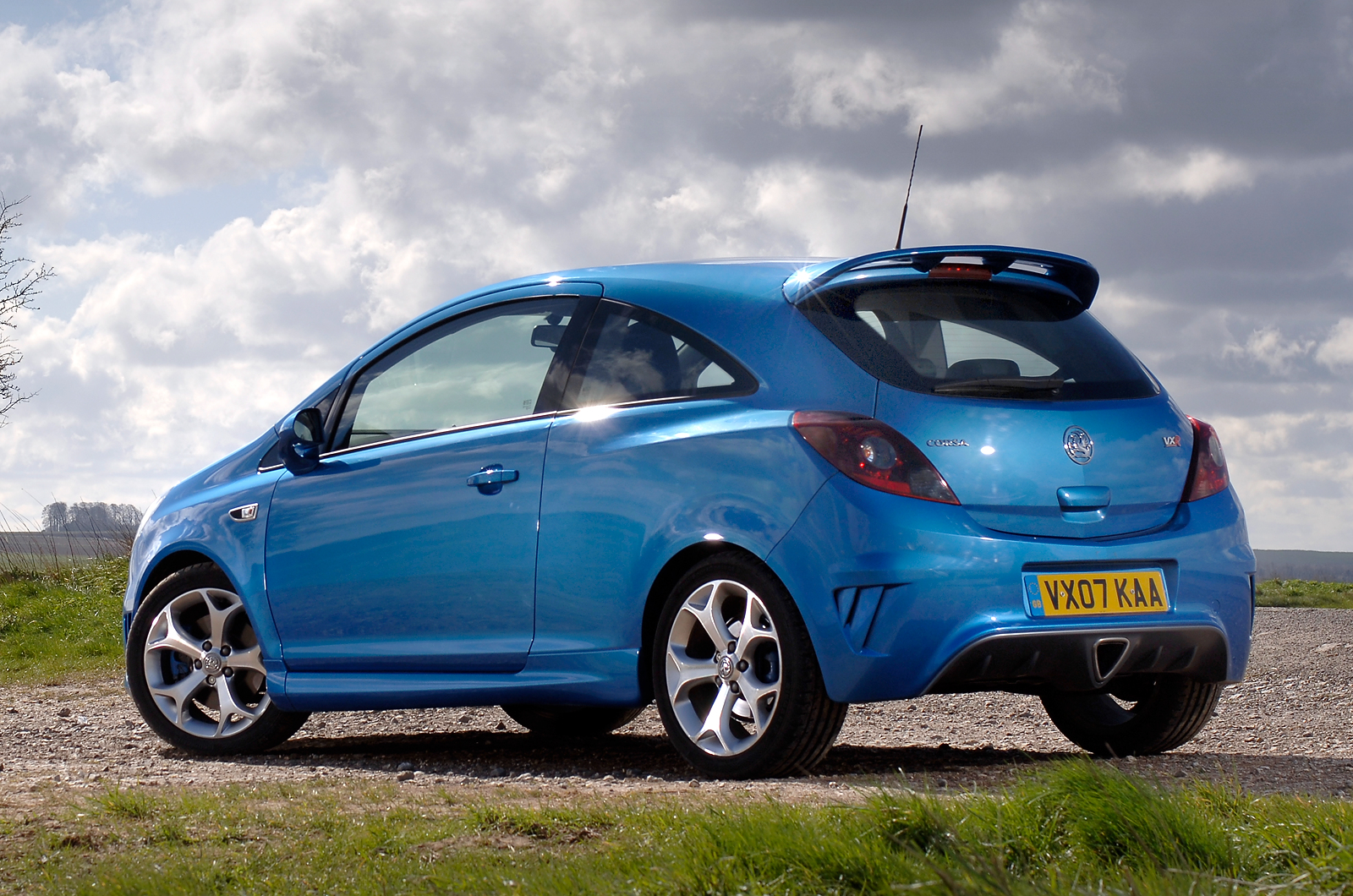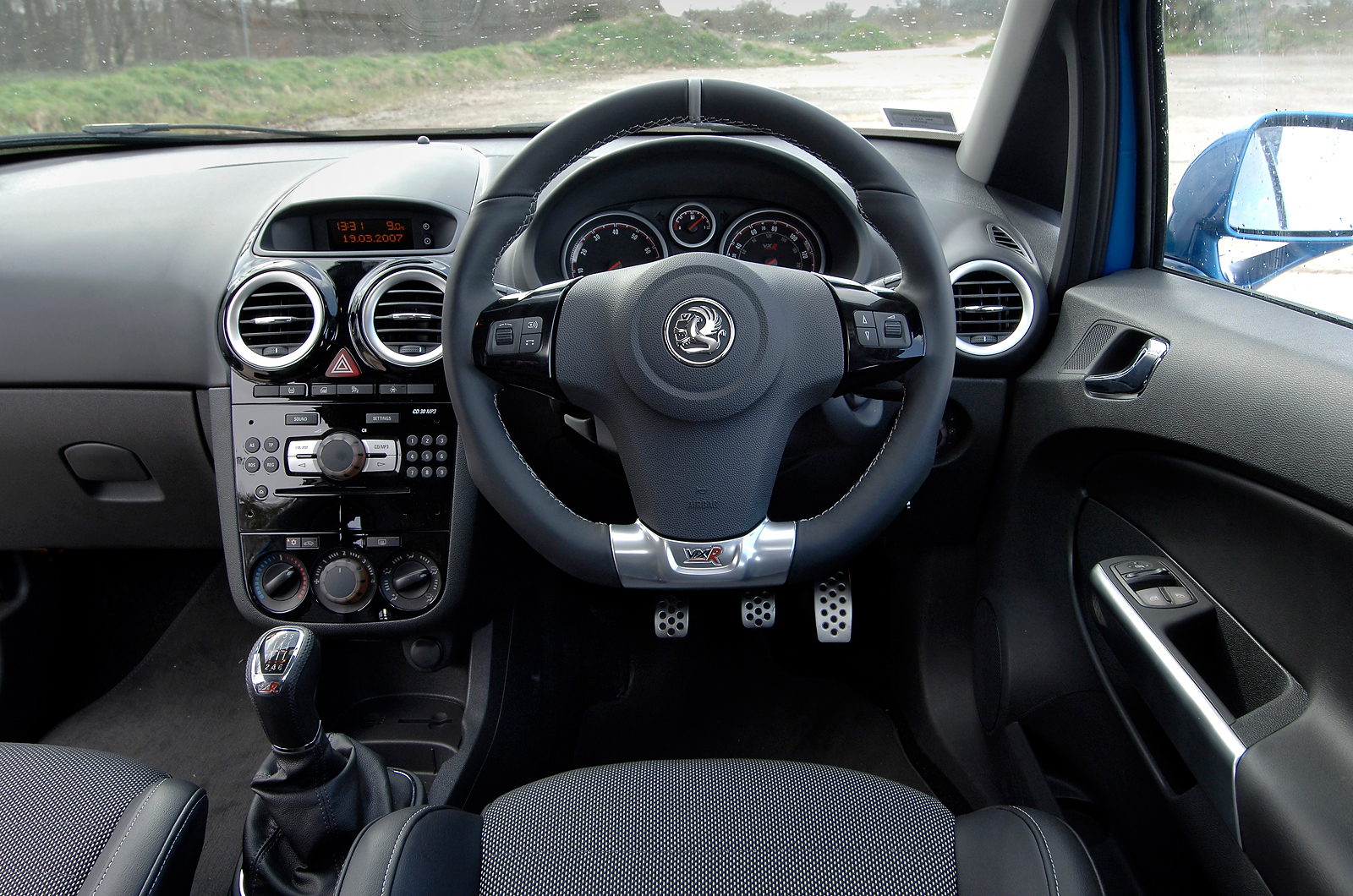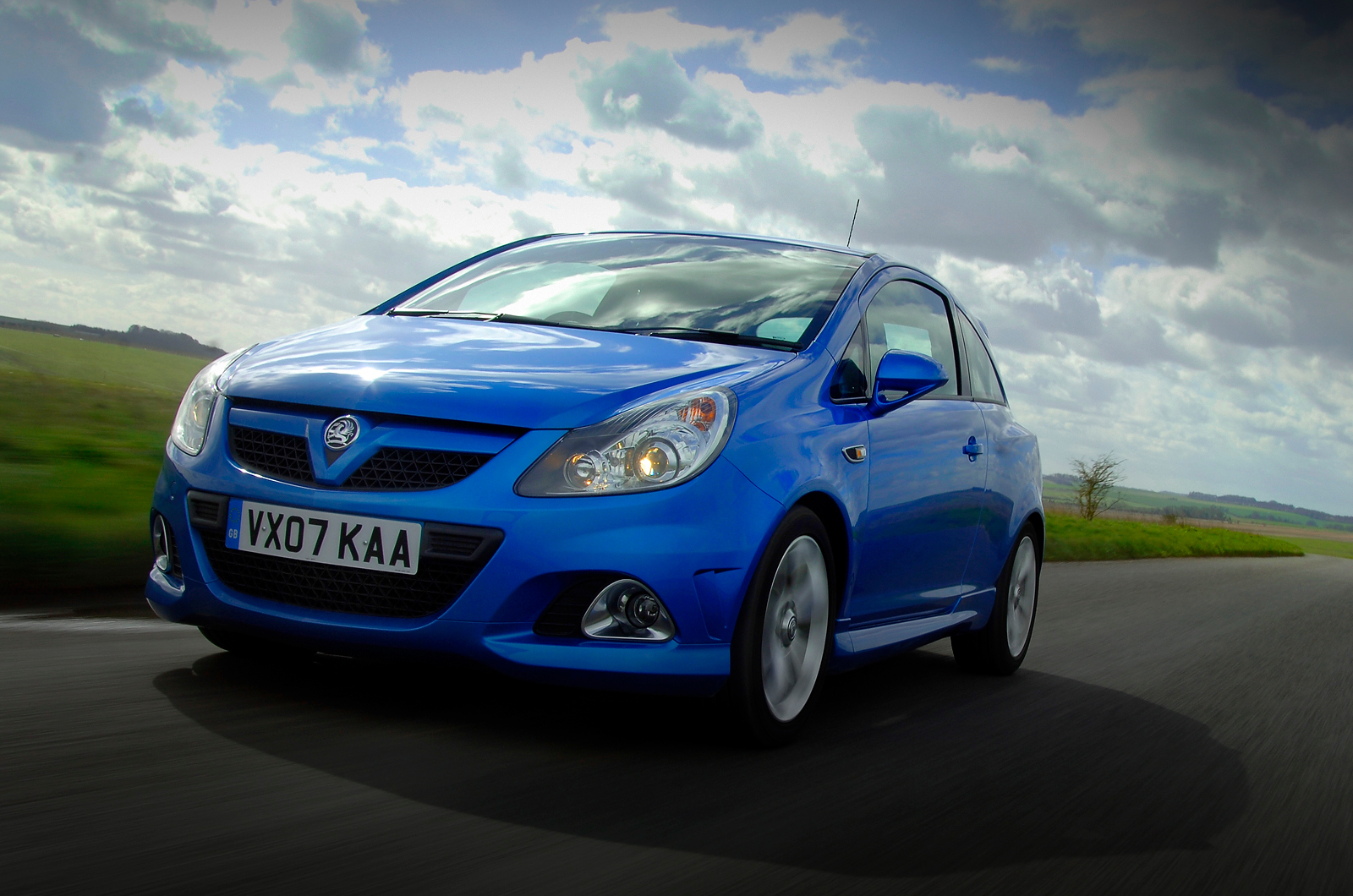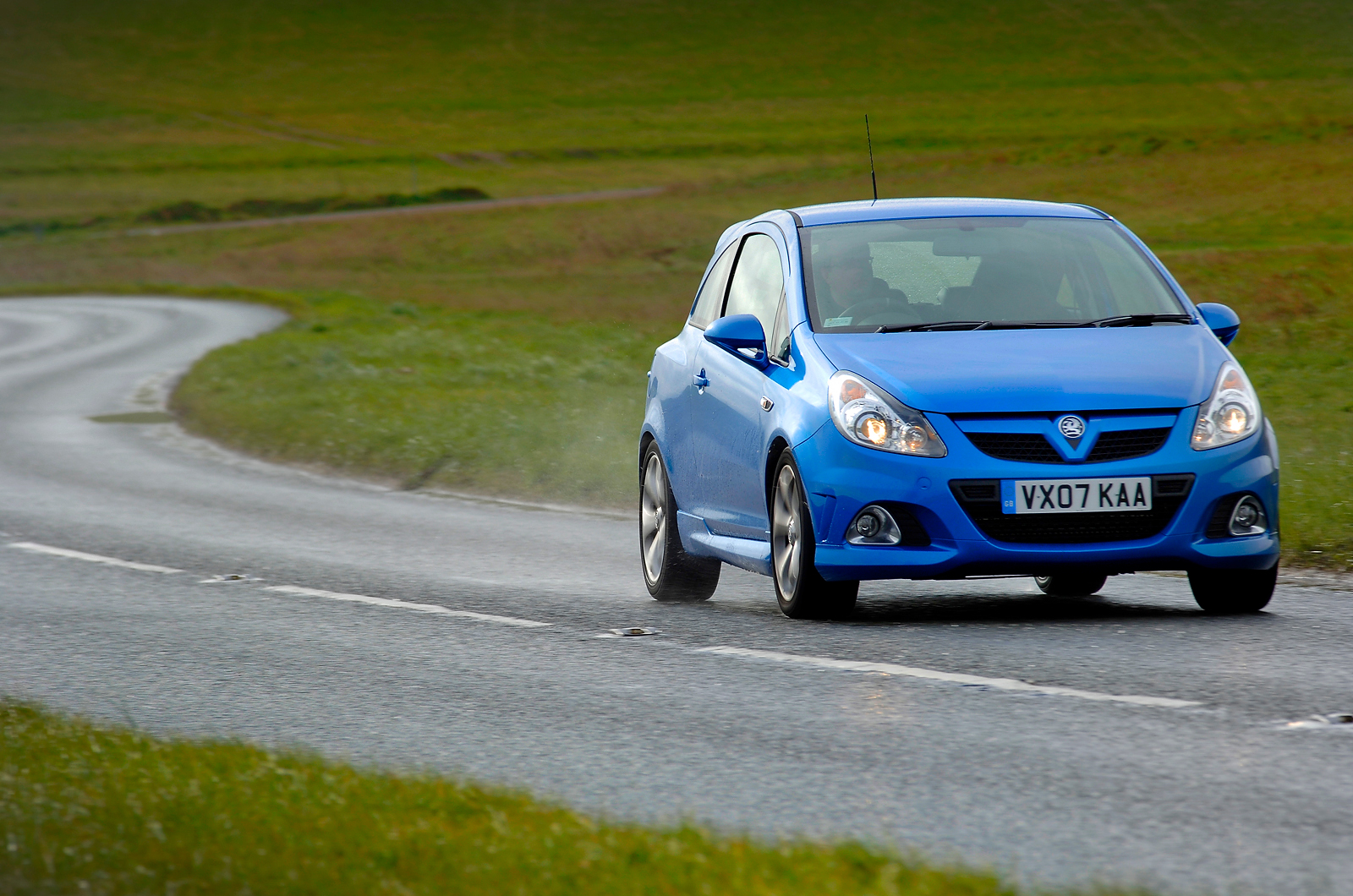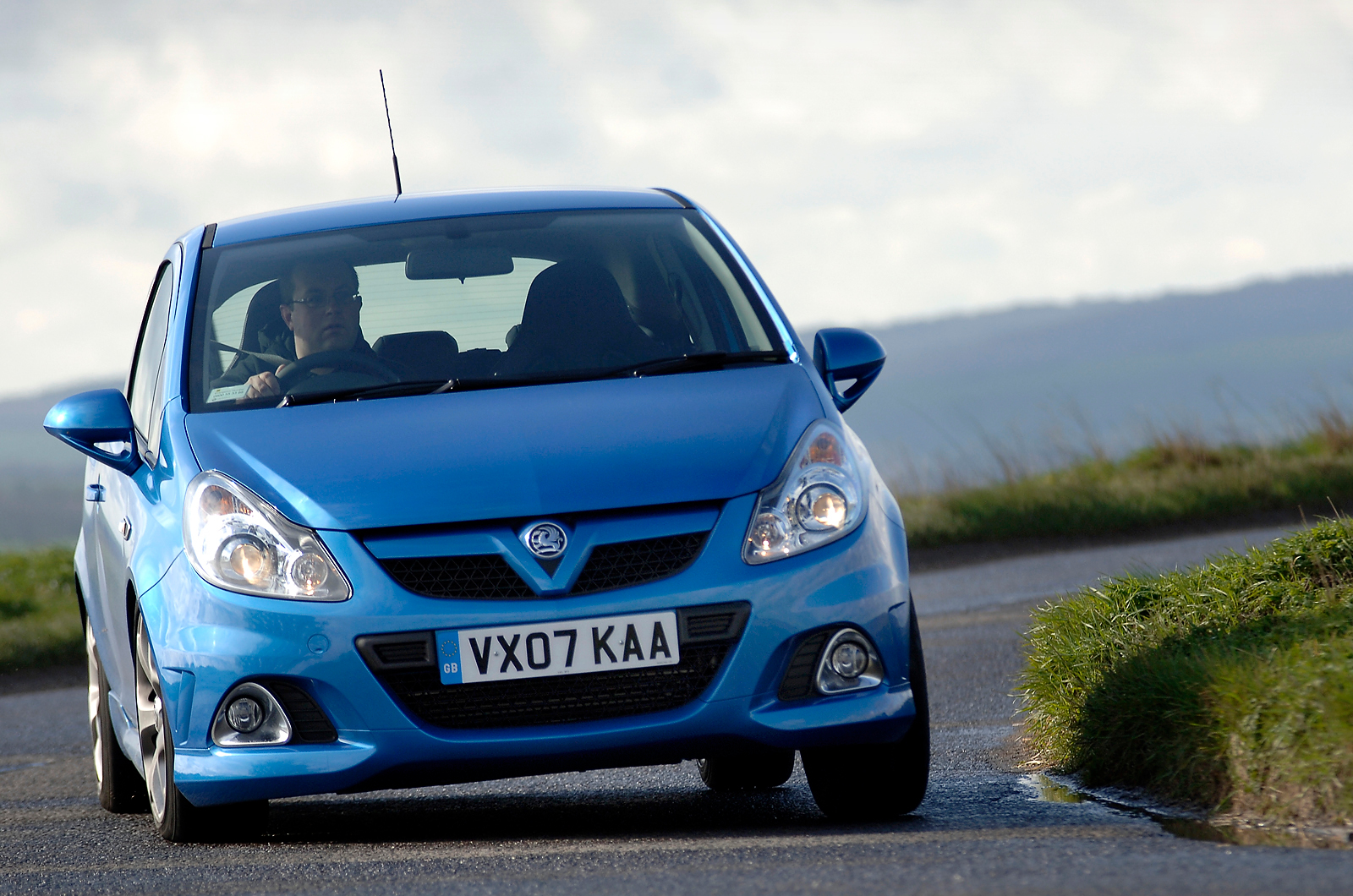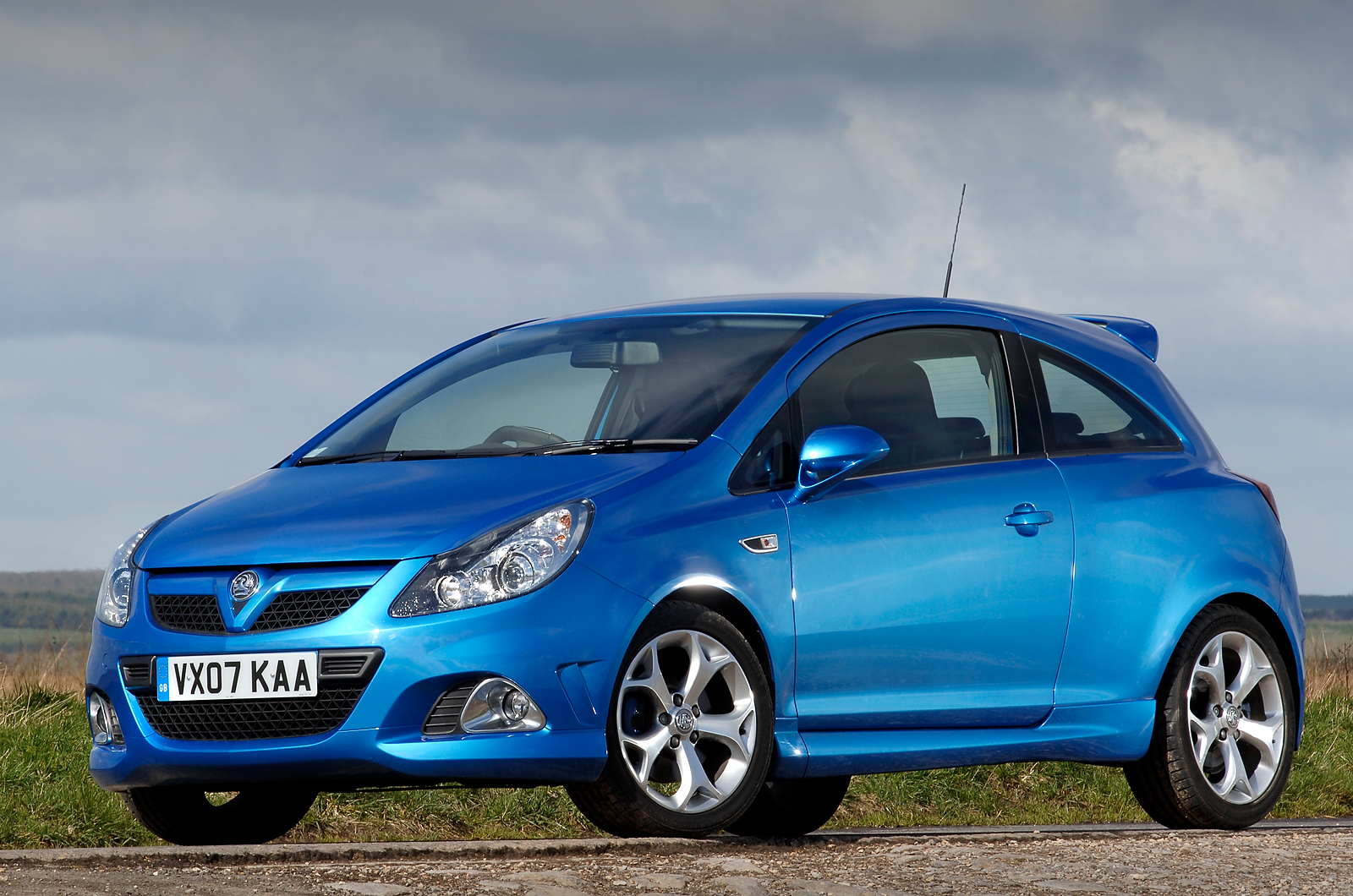Vauxhall's key claim about the hot Corsa VXR was that, unlike any other VXR to date, it was planned into the design stage right from the beginning. So when the template was being cast for the standard Corsa models, the design for the VXR was also conceived.
As a result, the Corsa VXR should feel much more all-of-a-piece than the bolt-on-and-watch-it-go-wild Astra.
On paper, the Corsa VXR would appear to deliver on Vauxhall’s promise. Visually it looks like it was conceived to compliment the sharp-looking Corsa models from the start.
At the front there’s a deep and purposeful-looking new splitter that incorporates the obligatory pair of driving lamps, but the look is neat and integrated.
Along the flanks, the styling is similarly enhanced by a pair of meaningful-looking side skirts and there’s a pair of somewhat OTT aerodynamic door mirrors.
At the back, Vauxhall has torn a page right out of the booked marked ‘Clio Renaultsport’ and then added some frills to impress the target audience. Not only is there a Clio RS-like diffuser (it has a dynamic function, says Vauxhall) but there’s also a big, triangular centre exhaust pipe, a Junior WRC roof spoiler and a pair of faux air vents, supposedly designed to bleed heat away from the rear brakes.
The overall effect is without doubt impressive to look at, especially when riding on 18-inch alloys. But the Corsa VXR is not a hot hatch for the terminally shy. You will get noticed in this car whether you like it or not.
Surprisingly, despite extensive modifications underneath, the Corsa VXR Nurburgring doesn't add to the aggressive exterior styling of the standard car. It has new wheels and two exhaust pipes rather than one, but the overall effect is quite subdued for the VXR brand.
Under the skin, Vauxhall has gone to great lengths to make the Corsa Nurburgring live up to its name. So there's a 20mm ride height reduction, Bilstein springs and dampers, uprated Brembo brakes and those new wheels (which are forged, ergo lighter), Moreover, it has also been fitted with a mechanical limited-slip differential, the first Vauxhall to be fitted with one since the Omega. The changes under the bonnet are outlined in the performance section.



